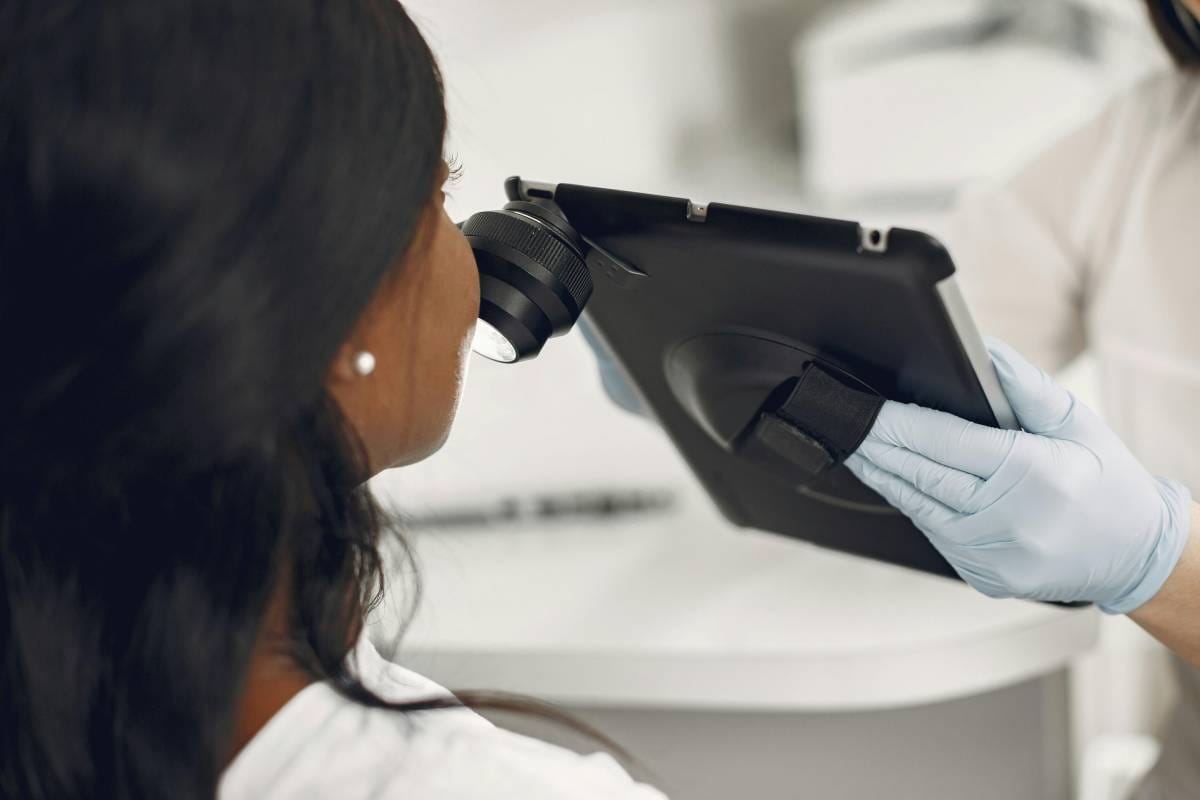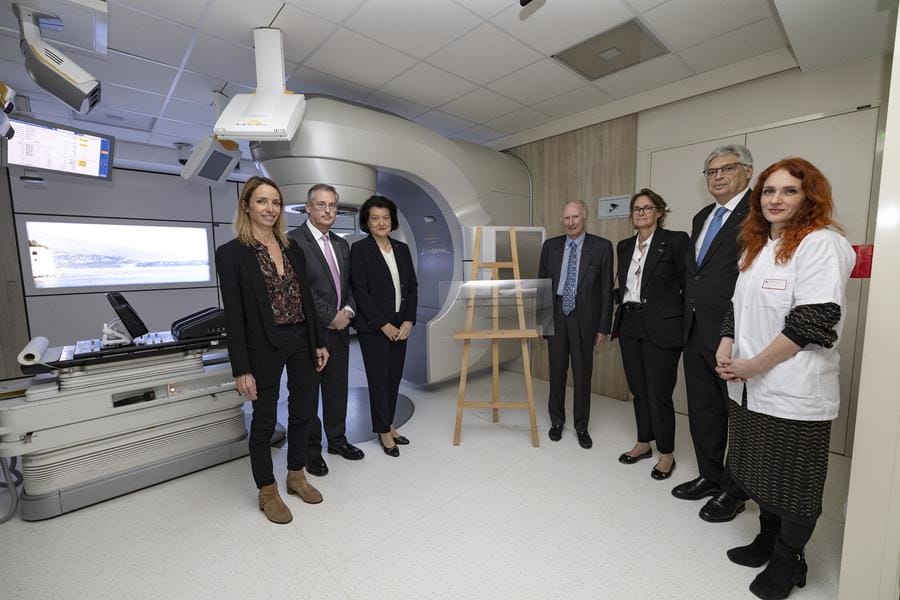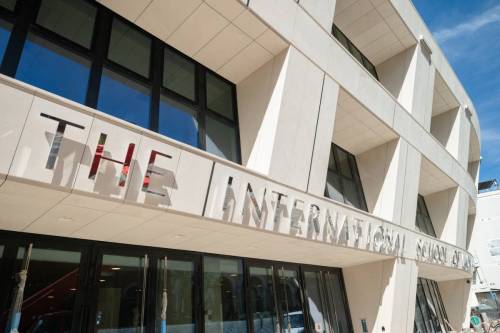Two major acquisitions in the Radiotherapy Department of the Princess Grace Hospital Centre were inaugurated on Monday 3 February, just one day before World Cancer Day. The acquisitions were made possible through a generous donation of €1,300,000 from Irvine Laidlaw.
The two innovations are: a surface radiotherapy system that increases the precision of exposure when treating patients; and equipment that can treat skin cancers which were previously inoperable due to patients’ medical restrictions. This equipment is now part of the Skin Tumour Centre.
Skin Cancer
In Monaco’s sunny region, skin cancers are a serious public health issue. Skin cancers are the most common malignant tumours, representing 25% of all cancers. Around 80,000 cases of skin cancer are diagnosed each year in France. The prevalence of skin cancer has increased sharply since the 1980s.
The CHPG can now offer unique care facilitating the management of suspicious skin tumours through the Skin Tumour Centre. How does it work? The patient is referred by a local doctor (general practitioner, dermatologist, specialist, etc.); once their request has been received, the patient is directly contacted by the CHPG teams in order to organize their care. On appointment day, the patient is admitted to the day hospital, and is accompanied for the various necessary examinations and appointments.

BRAINLAB: improving the precision and efficiency of radiotherapy
The CHPG’s new surface radiotherapy system increases the precision of exposure in radiotherapy, offering patients safe care. The innovative system, combining a 4D thermal and surface camera, makes it possible to position and monitor patients in radiotherapy, guaranteeing increased exposure precision. Surface-guided radiotherapy simplifies patient positioning procedures, particularly in anatomical areas where movements are frequent and difficult to control (thorax, abdomen).
This technique is particularly useful when using radiotherapy in the left breast, which is located over the patient’s heart. With this equipment, the heart is protected. The system allows continuous monitoring of the patient’s positioning throughout the treatment by automatically cutting off the beam in the event of movement. Radiation becomes more precise, increasing the effectiveness of treatment, reducing the damage of healthy tissue and reducing adverse side effects.









